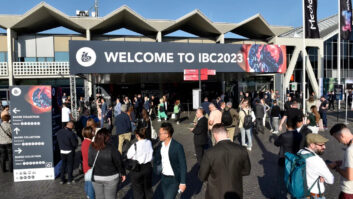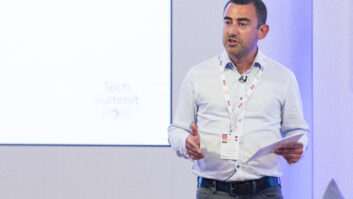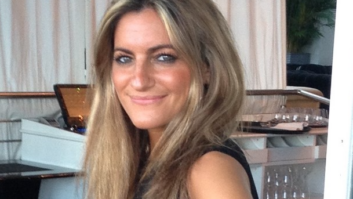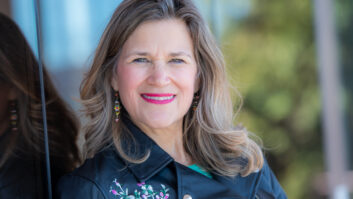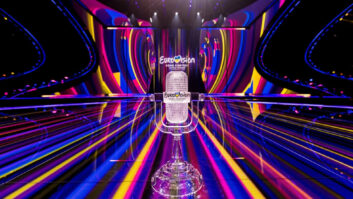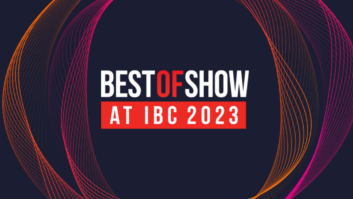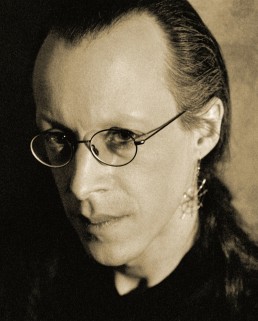
Disney’s recent release Tomorrowland and Disney/Pixar’s Inside Out are the first two motion pictures to be released for Dolby Cinema, a new format that offers a high dynamic range (HDR) on presentation.
This means there’s a wider range between the whitest whites and blackest blacks in a picture, along with features including a greater contrast ratio and colour gamut. It can be projected in theatres with a Dolby Vision projection system that use Christie laser projectors and accompanied with Dolby Atmos sound.
The presentation system is pitched at Premium Large Format theatres and is another weapon in the armoury with which studios and cinema exhibitors can fight back against the audio-visual gains of TV.
Indeed, HDR is held by some to be creatively superior to higher-resolution, delivering a significantly vibrant picture for audiences jaded by the light loss of 3D.
“It’s a high impact return for creatives,” asserts Pixar’s senior scientist, Dominic Glynn, who guided Inside Out to its HDR finish. “HDR approaches a range of stimulus that is more naturalistic. It gives a visceral yet subconscious feel to an audience who are not distracted by the limits of the projection system. You don’t need to read a white paper to understand that HDR means higher quality filmmaking.”
In tomorrow morning’s major IBC Big Screen Experience Keynote, film-makers from The Walt Disney Studios’ Tomorrowland and Disney Pixar’s Inside Out present their experiences in creating and distributing these ambitious blockbusters.
Alongside Glynn is Rick Sayre, Pixar’s supervising technical director whose career with Pixar began with founder John Lasseter seven years before Toy Story in 1987.
“For most of the past 30 years in CGI and VFX it was only possible to give an absolute value to the blacks in an image,” says Sayre. “Now, with new high dynamic range tools, we can begin to talk about images as a photographer would. In terms of contrast and mid greys, tonal structure and less absolutes.
“We have yet to explore what it means to not only capture in HDR but to light for HDR,” he adds. “A DP will know instinctively what an audience is going to see and what dynamic range is appropriate. But we need to beware of gimmicks. Today, [filmmakers on location] might gel a sunlit window on exteriors to avoid it looking blown out. With HDR you don’t have to do that since you can delay the decision until post production. So now you can show the audience what is outside that window. The question is whether you should in terms of the story.”
They are joined on stage by Jeroen Schulte, Industrial Light and Magic’s Image Pipeline supervisor who played the key role in developing the HDR workflow for Tomorrowland. All are in the capable hands of chair and digital cinema consultant Julian Pinn.
‘Extending the creative palette – Vision from Pixar and ILM’ (Monday 14, 09:30-11:00; Auditorium) is free to every IBC attendee and is sure to be hugely popular so get there in time to get your seat.
More movies are in the pipeline for a HDR treatment, including Disney’s The Jungle Book, slated for release next April.
